🔗Blog: debugml.github.io/instaboost
🔗Paper: arxiv.org/abs/2506.13734
🤖Code: github.com/BrachioLab/I...
Thank you to my awesome co-authers @viguardieiro.bsky.social, @avishree.bsky.social e.bsky.social, and advisor @profericwong.bsky.social.
(7/7)

🔗Blog: debugml.github.io/instaboost
🔗Paper: arxiv.org/abs/2506.13734
🤖Code: github.com/BrachioLab/I...
Thank you to my awesome co-authers @viguardieiro.bsky.social, @avishree.bsky.social e.bsky.social, and advisor @profericwong.bsky.social.
(7/7)
(6/7)
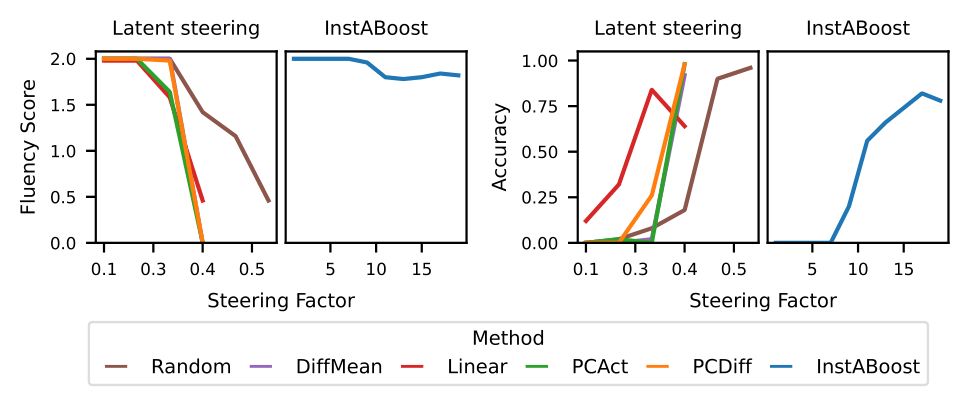
(6/7)
(5/7)
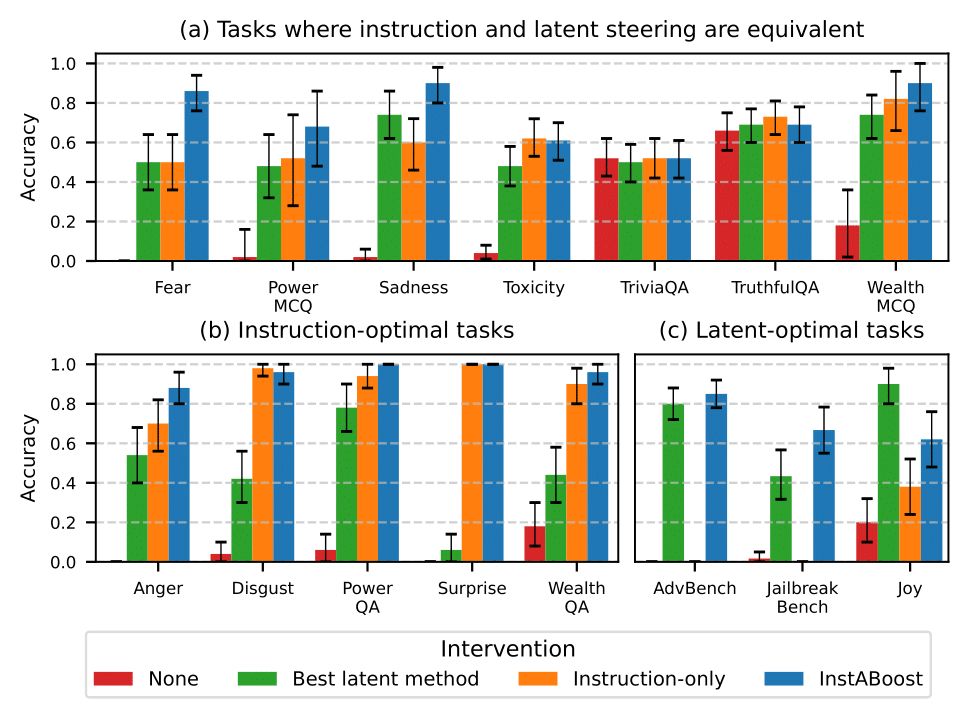
(5/7)
(4/7)
x.com/AntonXue/sta...

(4/7)
x.com/AntonXue/sta...
(3/7)

(3/7)
(2/7)
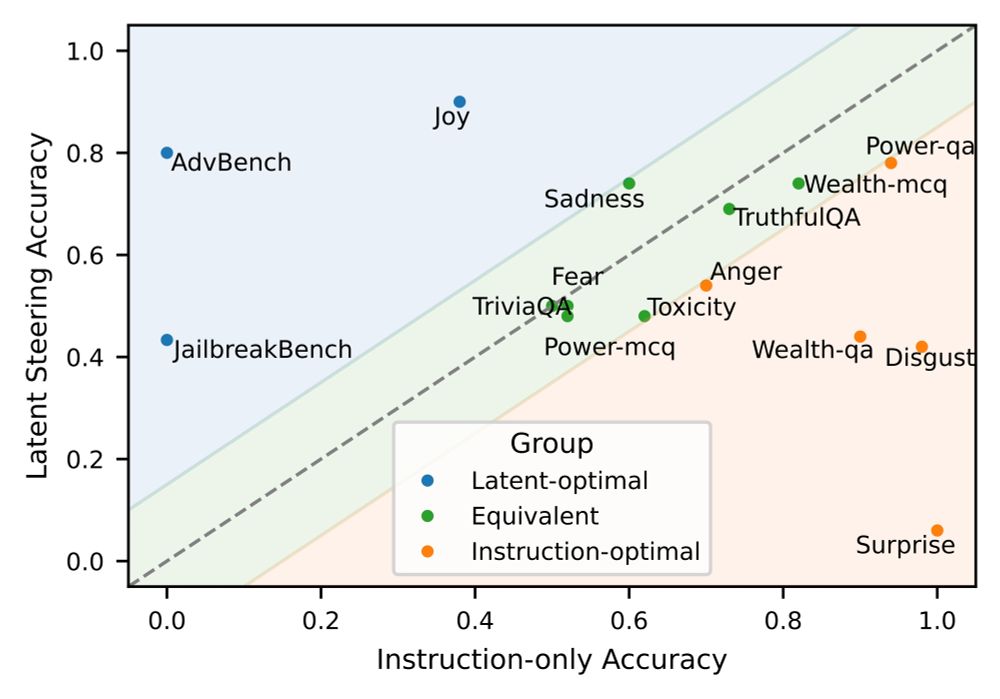
(2/7)
🔗 Paper: arxiv.org/abs/2505.24874
💻 Code: github.com/adaminsky/ne...
Thanks to my collaborators Aaditya Naik, Neelay Velingker, Mayur Naik, and @profericwong.bsky.social .
(9/9)
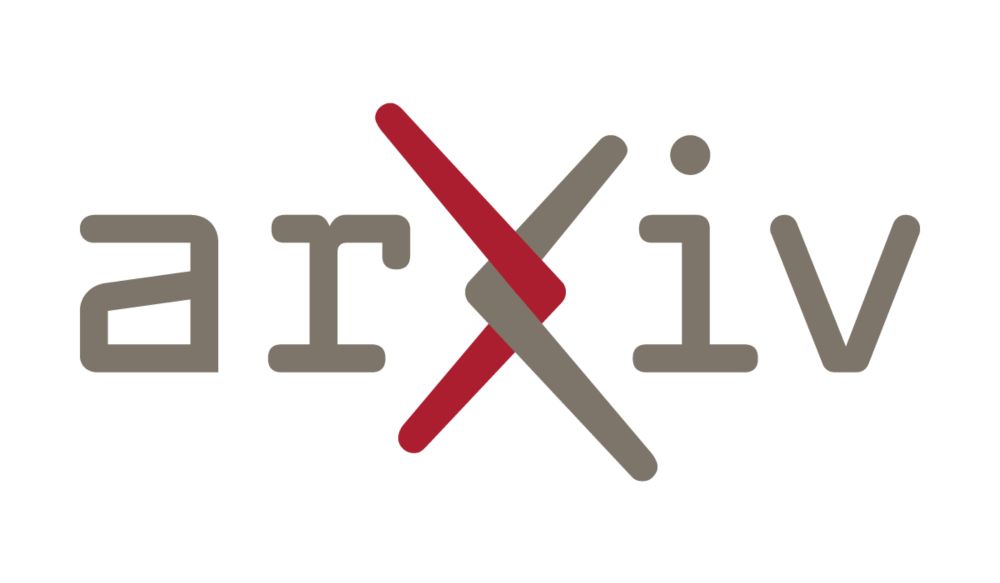
🔗 Paper: arxiv.org/abs/2505.24874
💻 Code: github.com/adaminsky/ne...
Thanks to my collaborators Aaditya Naik, Neelay Velingker, Mayur Naik, and @profericwong.bsky.social .
(9/9)
(8/9)
(8/9)
Reliability: A symbolic program enables accurate, stable, and trustworthy results.
Interpretability: Explicit symbols provide a clear, debuggable window into the model's "understanding."
(7/9)

Reliability: A symbolic program enables accurate, stable, and trustworthy results.
Interpretability: Explicit symbols provide a clear, debuggable window into the model's "understanding."
(7/9)
(6/9)
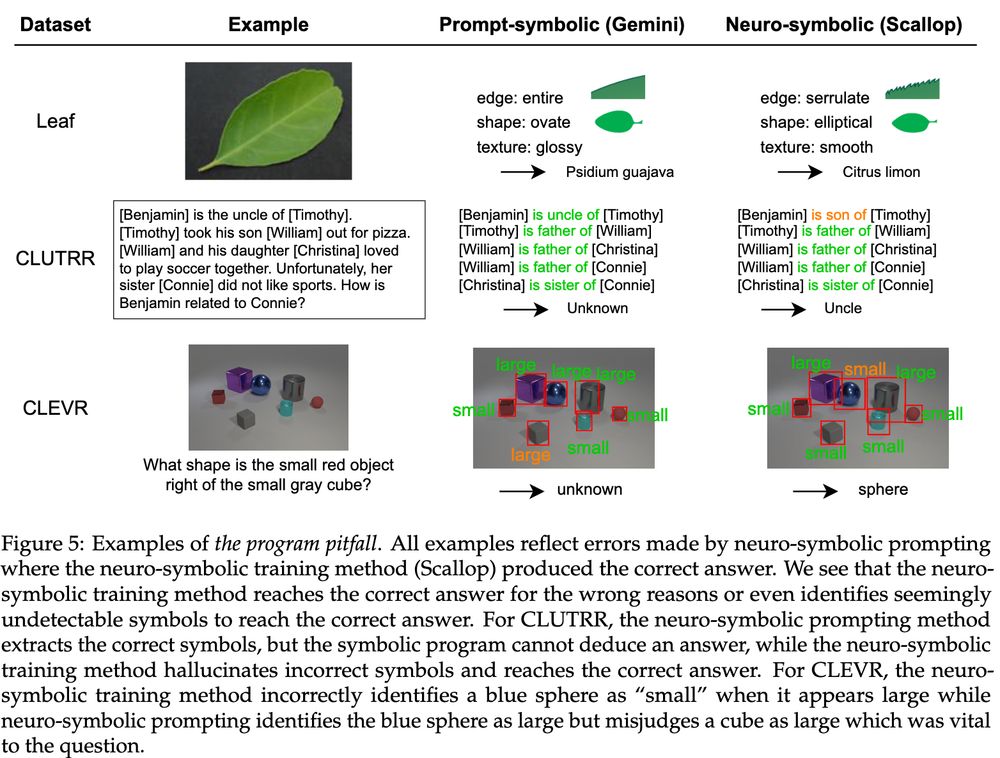
(6/9)
(5/9)
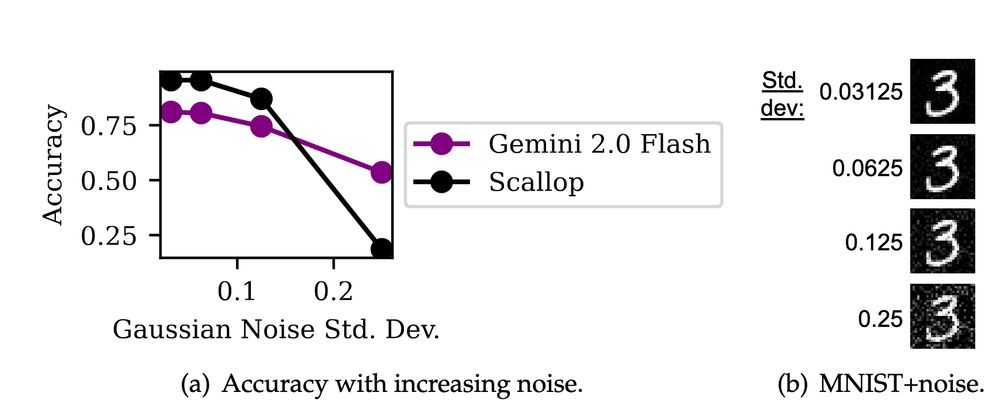
(5/9)
(4/9)

(4/9)
(3/9)
(3/9)
With foundation models succeeding via prompting alone, we argue it’s time to rethink NeSy system design.
(2/9)
With foundation models succeeding via prompting alone, we argue it’s time to rethink NeSy system design.
(2/9)

